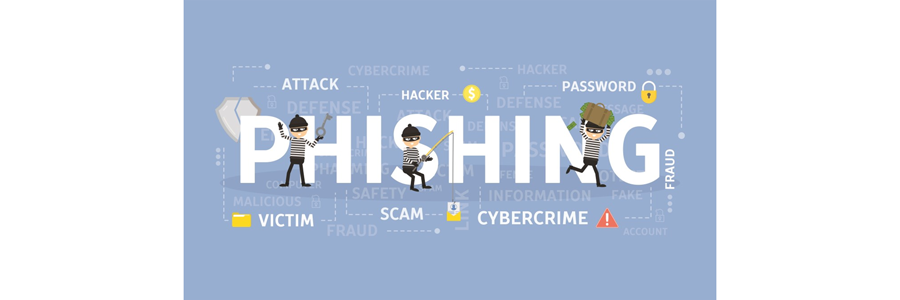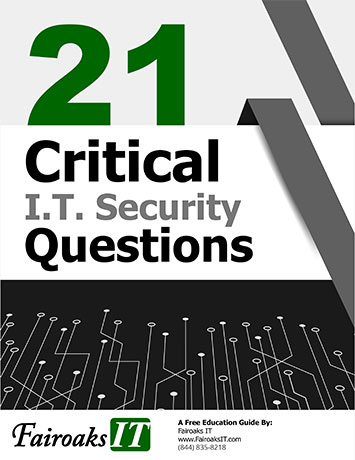
You’ve heard the term before: phishing. But do you know all the types/common attacks cybercriminals are using? Read on to find out more about common phishing attacks.
Here are the 6 most common phishing attacks you will, or probably already have encountered.
-
Account Verification
Have you ever received an email from Netflix, Hulu, or Amazon telling you that your account needs secured? It includes a link and asks you to sign into your account to verify your information. The link and email will look like it is from the company, however it is a phishing attack, designed to gain your information. TIP: Don’t click on the link provided in the email, log directly into the website and verify your information. If you cannot login, contact the company directly via customer service.
-
Cloud File Sharing
The attacks contain a link to what appears to be a cloud-based file sharing website: Google Docs or Dropbox for example. The link will point to a page pretending to be a file sharing site and requests for you to log in. TIP: Do no click any links in the email. Instead log into your account and find the file. Remember to verify the sender identity and use an established cloud file sharing service.
-
DocuSign
This email will appear to come from the DocuSign domain. The link will prompt you to log in to view the document. Once you log in, this will give the attackers control of your inbox. TIP: DocuSign will never send an attachment, attachments are likely malicious. Instead access documents directly via DocuSign.com
-
Fake Invoice
Attackers will try to get you to open an attachment they have sent, normally from a company you do business with, masquerading as an unpaid invoice. They may have words like termination of services or discontinue in there to prompt you to open the attachment. TIP: Do not reply to the email, contact the company directly to ensure validity of the information.
-
Delivery Notification
Appears to come from a reputable delivery service (FedEx, USPS, UPS, etc.) or online retailer and includes a delivery notification with a malicious link or attachment. TIP: Do not click links or open attachments. Instead go to the business’ website and input your tracking information for up-dated delivery times.!
-
Tax Scam
Appears to come from a government tax revenue service agency (IRS). They will claim you are delinquent on your taxes and provide a means to fix the issue before legal action is taken. TIP: Never share personal or fi-nancial information via email.
In the event you believe you have opened a phishing email,
please reach out to Fairoaks IT . We are here to help!
[phone-number location="2297 - Fairoaks IT" source="primary"]









